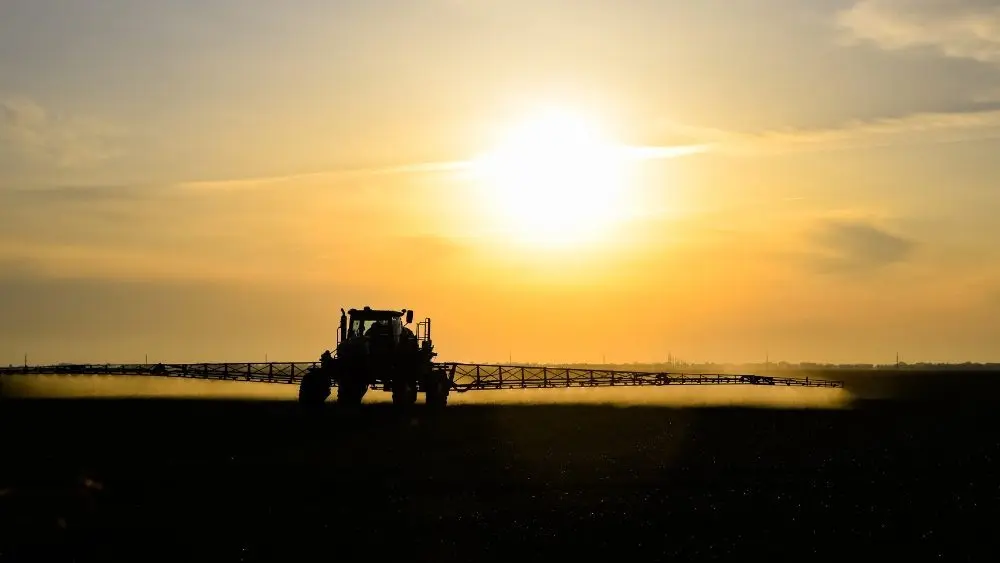By Kelsey Stremel, K-State Extension news service
MANHATTAN, Kan. — Atrazine remains one of the most widely used and affordable herbicides in Kansas corn and grain sorghum fields, but its presence in streams and lakes continues to raise concerns.
To help farmers maintain access to this important tool while protecting water quality, Kansas State University Extension has released an updated publication, Using Atrazine Wisely, available online.
K-State weed scientist Sarah Lancaster said the new resource lays out practical strategies to reduce atrazine runoff, offering farmers clear steps to keep the herbicide where it belongs—on the field and working against weeds. The update comes at a time when the U.S. Environmental Protection Agency is closely reviewing atrazine and may require more restrictive practices on future product labels.
“Atrazine is critical for controlling tough weeds, but it’s also one of the most closely watched herbicides because of its potential to move into streams and lakes,” Lancaster said. “Farmers can take practical steps that not only protect water quality but also help ensure atrazine remains available as an option.”
Atrazine has been detected above safe levels in certain Kansas waters, particularly after heavy spring rains following herbicide applications. Because atrazine breaks down slowly in the soil and is moderately soluble in water, it often moves with runoff during the first major storm of the season. State monitoring shows that two-thirds of annual runoff losses typically happen in that single event.
K-State specialists encourage producers to look at both application practices and conservation strategies to reduce losses. Following label directions, calibrating equipment, and avoiding over-application remain essential, but researchers also highlight the benefits of timing.
Post-emergence applications, delayed until soils are drier, can help minimize runoff, while newer targeted application technologies such as See & Spray allow producers to treat only the areas that need it, especially for post-emergence applications.
Beyond herbicide timing and rates, specialists recommend a whole-field view. Crop rotation, narrow-row spacing, cover crops, and other integrated pest management tools can reduce weed pressure and decrease reliance on herbicides. At the same time, field-level conservation practices such as reduced tillage, contour farming, grassed waterways, terraces, and vegetative filter strips help slow runoff and trap soil particles before they reach waterways.
Lancaster noted that adopting these best management practices has already made a difference in Kansas, with atrazine detections declining in recent decades. Still, continued vigilance is needed.
“The more farmers adopt these practices, the stronger the case will be for keeping atrazine in our weed control toolbox,” Lancaster said.
The updated Using Atrazine Wisely publication is available free online through the K-State Extension bookstore at





